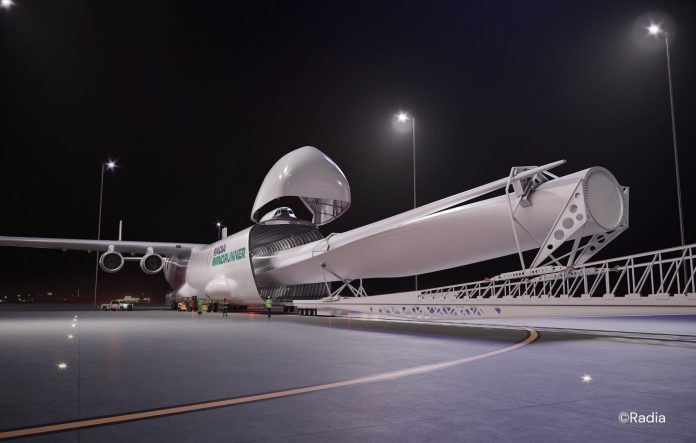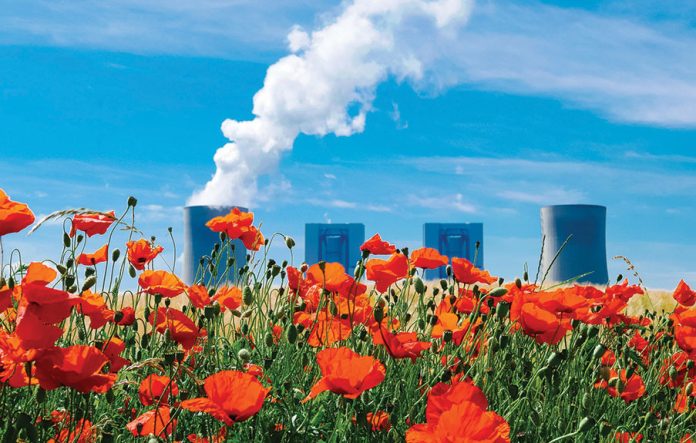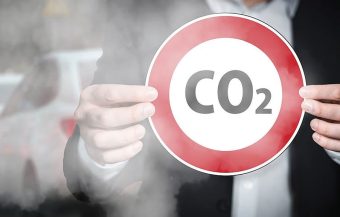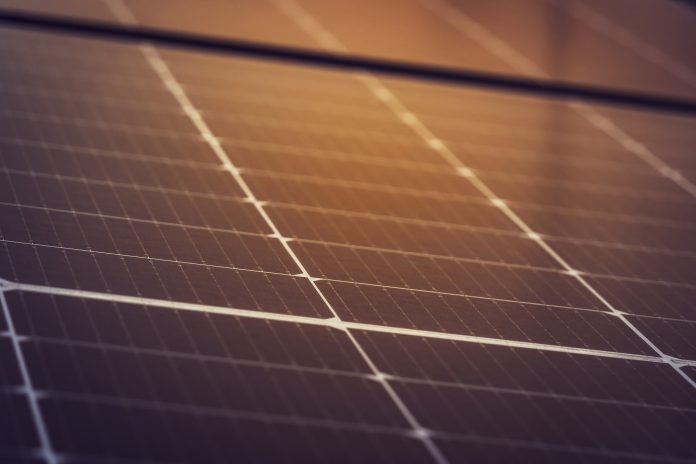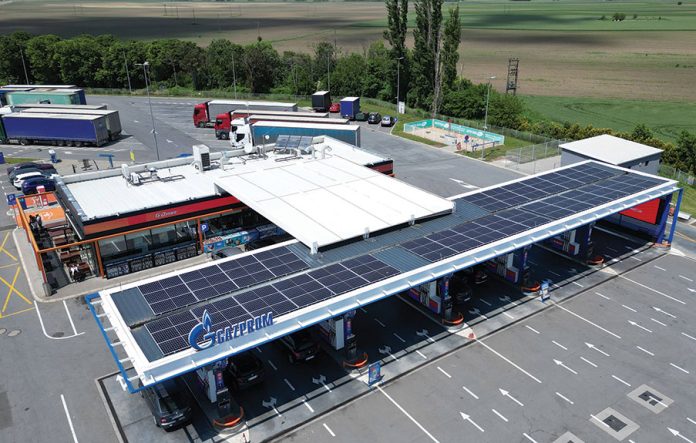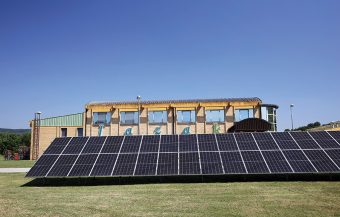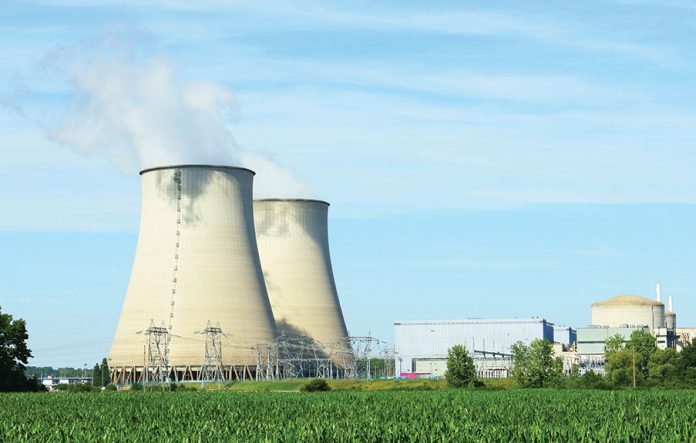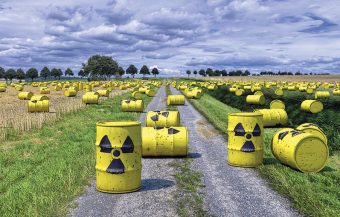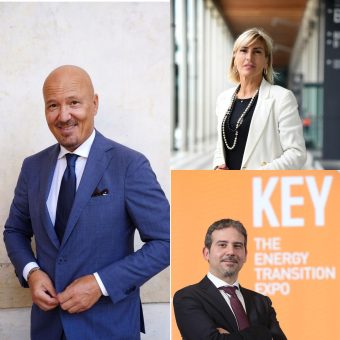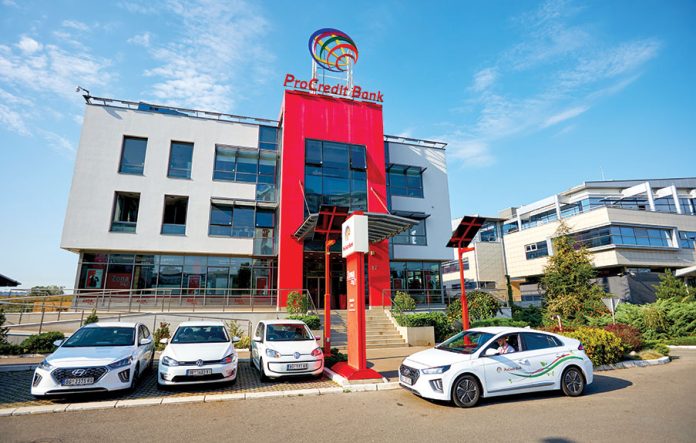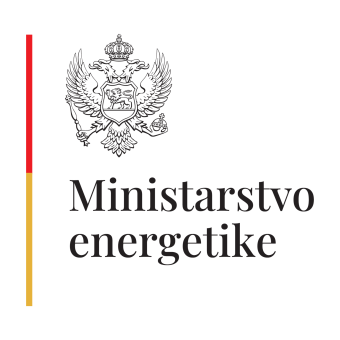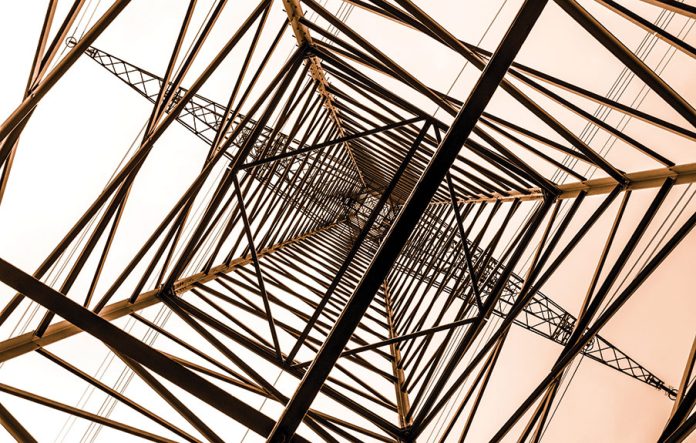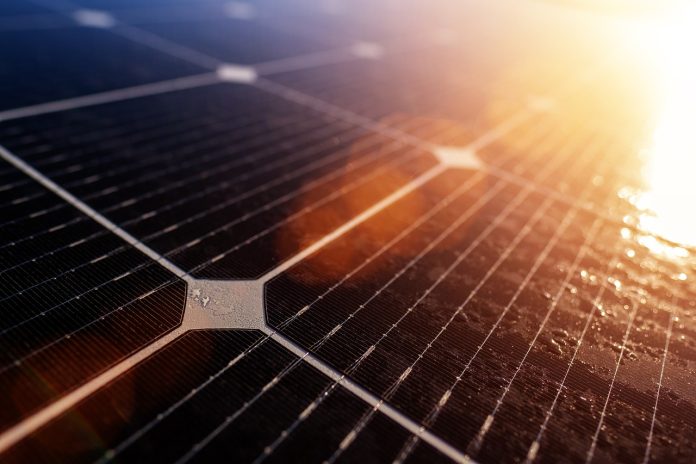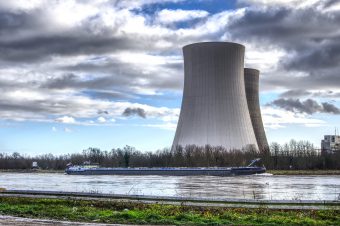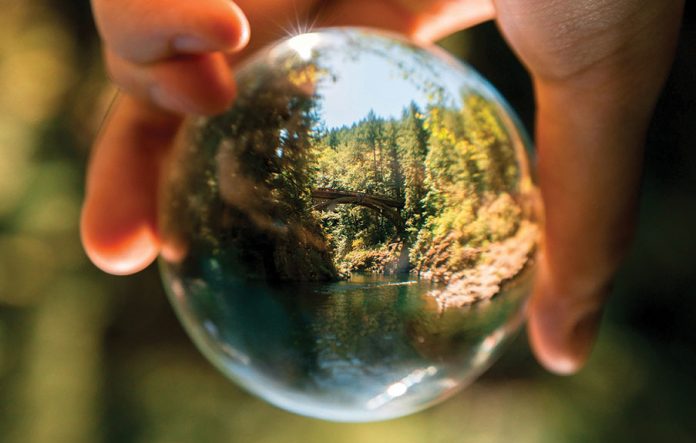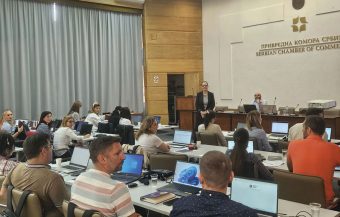Wind energy holds untapped potential that requires further infrastructure development to be fully harnessed. Roads used for transporting wind turbine blades are often unsuitable due to limited width, especially in areas with tunnels, bridges, and sharp curves. Currently, the maximum blade length that can be transported by road is no more than 70 meters.
The efficiency of wind energy production also depends on the length of the blades. Increasing the efficiency of wind turbines means extending the length of their blades. To enable future blades to reach lengths of over 100 meters, a new method of transportation must be found.
One potential solution comes in the form of innovative technology such as the WindRunner – the world’s largest aircraft designed to transport these massive blades. This aircraft will be capable of transporting blades up to 105 meters long – longer than a standard football field, for comparison.
More:
- OECD Report Highlights Global Disparity in Wind Energy Support
- Poland to Produce Energy Offshore
- EU Built 13 GW of Wind Energy in 2024, but 30 GW Annually Is Needed – What’s Slowing Development?
The WindRunner will be able to land on semi-prepared dirt runways as short as 1,800 meters, significantly shorter than standard runways. Thanks to this design, wind turbine blades can be delivered almost directly to their installation sites.
The largest aircraft ever built was the Antonov An-225, designed for cargo transport, with a cargo volume of approximately 1,160 cubic meters. However, once completed, the WindRunner will push the boundaries of possibility with an astonishing 8,200 cubic meters of cargo volume, as announced on the official website of Radia, the company developing this revolutionary aircraft.
Katarina Vuinac


